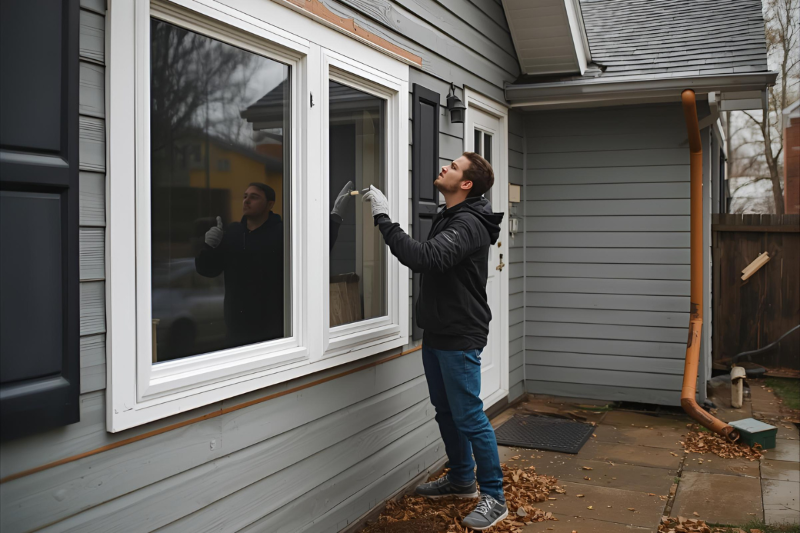Energy Savings Plan: Prep Your Home for Cooler Weather
Published on September 30, 2025
Cooler weather is on the way, and with it comes the opportunity to save energy, lower utility bills, and reduce your carbon footprint. A little planning can help you take a proactive approach to energy efficiency this year.

- Seal and insulate – Drafts can account for up a decent percentage of heat loss in a typical home. Check windows, doors, and attic spaces for leaks and seal them with weatherstripping or caulk. Adding insulation to your attic or walls is one of the most effective ways to save both energy and money over time.
- Maintain your heating system – A well-maintained HVAC system uses less energy. Schedule a seasonal tune-up and remember to replace air filters regularly. Doing so ensures your system runs efficiently, improves indoor air quality, and extends the life of your unit.
- Smart thermostat use – Consider installing a programmable or smart thermostat. Lowering the temperature a few degrees at night or while you’re away can save on your heating bills.
- Harness natural sunlight – Sunshine offers free heat! Open curtains on south-facing windows during the day to let sunlight warm your living spaces. Close them at night to trap heat inside and keep rooms more comfortable.
- Reverse your ceiling fans – Flip the switch on your ceiling fans to rotate clockwise at a low speed. This pushes warm air down from the ceiling, reducing the need for extra heating and helping your system work less.
- Protect your pipes – Insulating exposed pipes prevents them from freezing and conserves the energy needed to heat water.
- Think sustainably for the future – If your furnace, appliances, or windows are due for replacement, consider energy-efficient upgrades. Energy Star–certified appliances, double-pane windows and modern heating systems can significantly cut energy use.
Following these tips can make a big difference this fall and winter!
